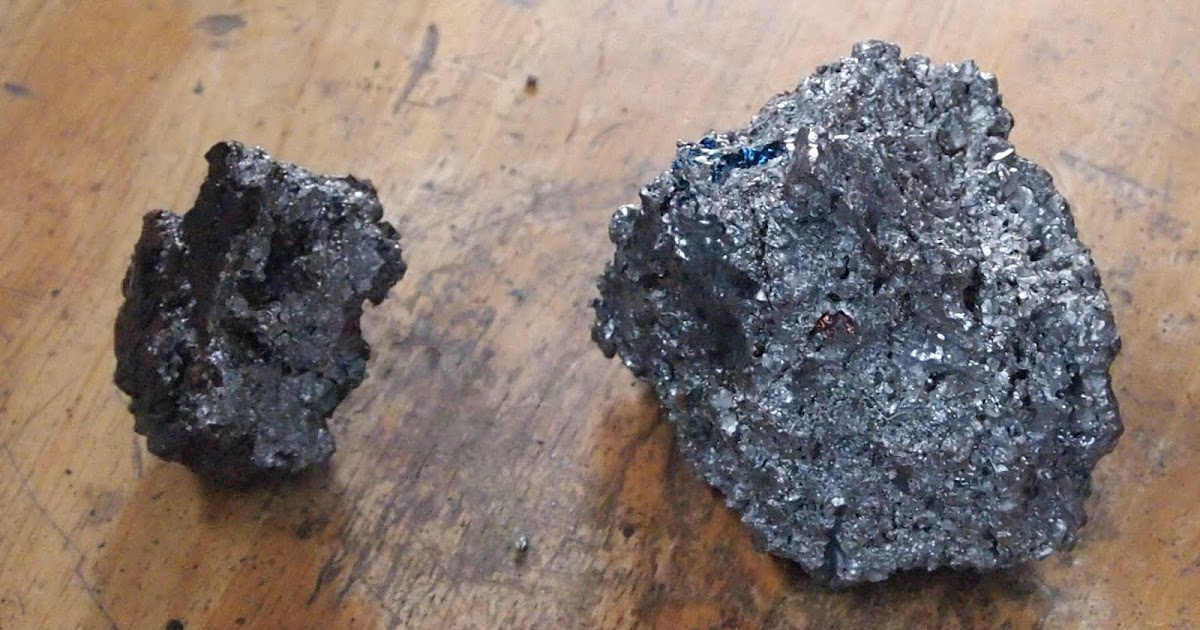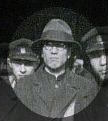I am reading the book Sharp by Josh Donald. He owns a knife business in SF and has a chapter about this artisan and his kamisori razors. I had a DOVO flowing razor for a couple years but never really used it on a daily basis and sold it. I have a toddler and my shave time has been radically reduced. I also sold my 12K grit Naniwa stone.
Still, I love the shave that a straight gives. How would folks compare Japanese and European straights? Is a Kamisori appreciably better?
Does Iwasaki still make razors or retired? His razors are sold out everywhere.










